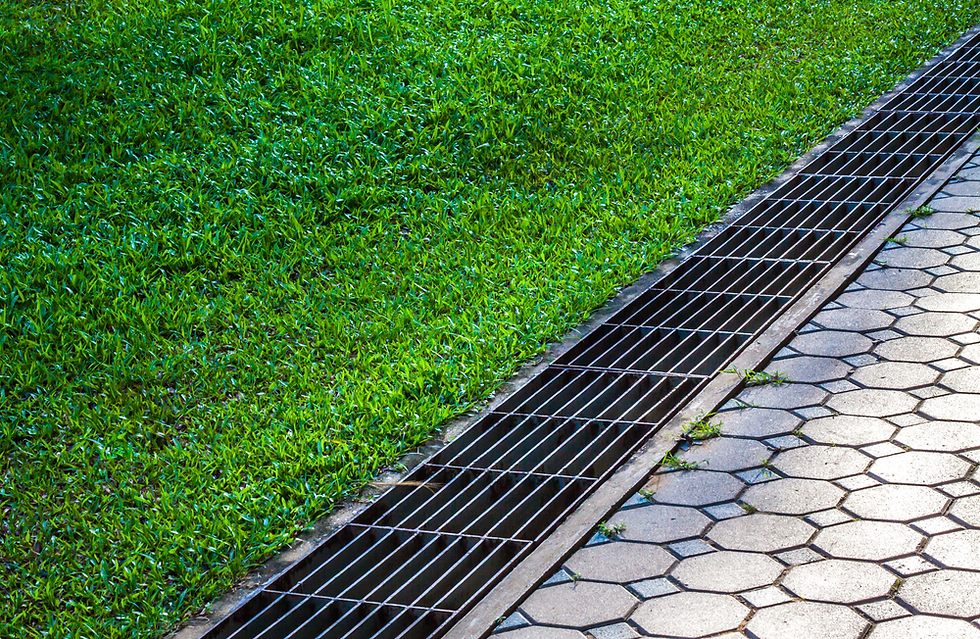All You Should Know About Heating and Cooling Systems
- Mark Simon
- Oct 25, 2018
- 3 min read
Updated: Apr 13, 2024
Heating and cooling are two of the most important factors of your home whenever climate changes from summer to winter or else are critical to your comfort. Most of us take heating and cooling for granted during different seasons. We expect our heating systems to keep us warm during the winter, whereas we depend on air conditioning to keep your home cool during the summer.
Regardless of what type of climate you live, one thing is certain, that is having a reliable and cost-efficient HVAC system makes life more enjoyable for everyone. You might have come across the term "HVAC" when researching your new system. The acronym stands for Heating, Ventilation, and Air Conditioning, as it provides all three functions of a home system. They control air humidity, temperature and the quality of the air your house in different ways. When the house is cold in winter or hot in summer, this system will be useful.
Working of Heating and Cooling System
All climate-control devices or systems work separately on different principles:
#1. Cooling System: The most common central cooling system is a split system, which includes an outdoor unit of condenser coil and compressor, and an indoor unit with an evaporator coil, usually in combination with furnace or air handler. The compressor pumps a chemical called refrigerant, which is available in the form of gas through the system.
Once the warm air inside your home blows across the indoor evaporator coil, its heat energy transfers to the refrigerant inside the coil making the air “cools.” Heat absorbed by the refrigerant is moved outside your house while cooled air is blown inside and on the other hand, moisture that contributes to humidity is condensed out of the air.
#2. Heating System: Central heating systems have a primary home heating appliance, such as boilers, furnace or heat pumps, which are typically located in the basement or garage. Depending on situation, region, and needs, you can choose from heating systems running.
Combustion gases are generated by the heating system and passed through a heat exchanger. Firstly, the air from area blows across the heat exchange and then through a system of ducts to distribute around the area in home. With change in to warm seasons from cold seasons, the heating system works with your central air conditioning.
Both heating and cooling system are working on the principle that heat always moves from warm object to cooler one, just as a water flows from higher to a lower level. Furnaces, boilers, and heaters put heat into the air to make your home warmer; air conditioners remove heat to make your home cooler.
Heating Mechanism
All heating and cooling units are burning fuel like air conditioners utilizes the electricity, whereas home heating systems uses gas or fuel oils. The heat pump, an electrically powered climate control unit does both heats and cools air. In summer, it extracts heat from the air inside your home and in winter, it pulls heat from the air outside and uses this heat to warm the air inside.
How It Function?
Heating and cooling system performs the air distribution based on forced air system, gravity system, and radiant system. The control of these two systems is possible with the thermostat, a heat-sensitive switch that regulates the temperature of the area. It responds to changes in the temperature of the air where it is located on the furnace or air conditioner as needed in order to maintain the temperature at a set level, called the set point.
The latest heating and cooling controls use solid-state electronics for controlling the air temperature. They are typically more accurate and more responsive than other systems. Finally, understanding how the heating and cooling systems function in your home will help you head off problems before they become too serious.
If you’re looking for more information about heating and cooling systems, then go here.




.png)





Comments